ARTICLE AD BOX
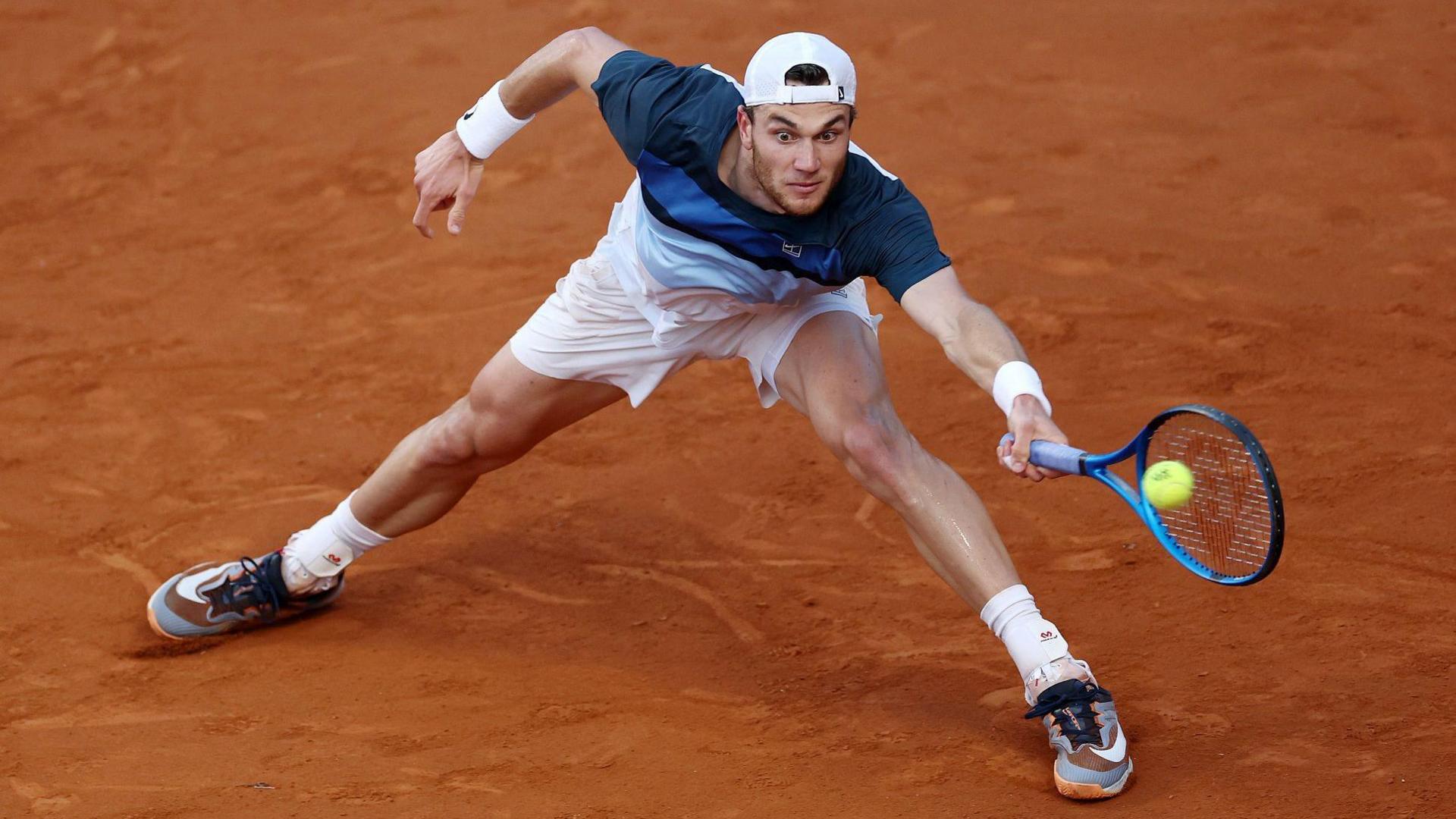 Image source, Getty Images
Image source, Getty Images
Jack Draper will be the fifth seed at the French Open
Amy Lofthouse
BBC Sport senior journalist
French Open 2025
Dates: 25 May-8 June Venue: Roland Garros
Coverage: Live radio commentary from 19:00 BST on BBC 5 Sports Extra, plus live text commentaries on the BBC Sport website and app
Seeing a Briton in a big clay-court final - and their name not being Andy Murray - is still not something we are used to.
Jack Draper's recent run to the Madrid Open final, where he lost in three close sets to Casper Ruud, was the backbone of an impressive clay-court swing for the British number one.
But the French Open has historically not been synonymous with British singles success.
Andy Murray reached the 2016 final, but Sue Barker was Britain's last singles champion in the French capital back in 1976.
Last year all six Britons who competed in the singles went out in the first round - the third time that has happened this century.
At the time, Dan Evans said he and his compatriots were "in the best spot" on clay for "a long time"- and he may actually have had a point.
But what tools are needed to succeed on clay?
Fitness and stamina
Clay is a slower surface than grass, which means more rallies, more sliding and more running.
Take Iga Swiatek, for example. The four-time French Open champion is an outstanding mover. Her speed allows her to cover the court as efficiently as possible and recover quickly enough to help tee up her aggressive forehand.
Fitness is one of the reasons Draper has had success on the clay - a surface he did not have much experience or joy on before this year.
Draper retired injured on his French Open senior debut two years ago and later lamented being "the guy who's injured a lot" after retiring from three successive Grand Slam matches.
But bringing in team members focused on fitness - Draper has hired physio Shane Annun and fitness trainer Matt Little, both former members of Murray's team - has paid off.
Draper went through three successive five-set matches at the Australian Open and has been a constant presence on the tour since then.
After reaching the Madrid final, Draper went straight to Rome for the Italian Open.
The fatigue was obvious - Draper had to repeatedly yell at himself to get his energy going in his comeback victory against Corentin Moutet in the fourth round - but the ability to find a way through it, to win despite seemingly running on fumes, is key to clay-court success.
Hitting with spin
When you think of 14-time champion Rafael Nadal holding court at the French Open, it is his forehand that comes to mind; leaping into mid-air, left arm crossed across his chest, straight after lassoing a forehand winner across the clay.
Nadal's lefty forehand was a weapon on all courts, but clay was where it really shone. The grip and follow-through, that whip across the body, allowed him to hit with heavy top spin - a key skill on clay.
Adding more spin to the ball makes it bounce higher and pushes an opponent further back behind the baseline. The player will likely have to take the ball on the rise, meaning it is harder to control, particularly if they are shorter.
"Nadal knows how to manipulate the angles to get people out of position," Michael Chang, champion at Roland Garros in 1989, previously told BBC Sport.
"He is very aggressive, although patient when he needs to be, but for the most part if the shot is there he is taking it and going for it.
"He's the one manipulating, making you move and putting you in awkward positions to the point where he has easy cutaways."

It has been a decent clay-court swing for the British singles players.
Jack Draper: Reached Madrid Open final and Italian Open quarter-finals
Emma Raducanu: Reached Italian Open fourth round
Jacob Fearnley: Won first ATP Tour main-draw match on clay and beat a top-20 player for first time
Katie Boulter: Won first title on clay at WTA 125 event in Paris
Cameron Norrie: Reached Italian Open fourth round

Sliding and movement
Sliding is key on clay, in order to stop a player falling behind in a rally. By being able to slide in to a shot, players can return the ball from a defensive position, as well as adjust their position more quickly to play a more aggressive shot.
Before the season began, Draper and compatriot Jacob Fearnley hit together, external at the National Tennis Centre.
One of the main things they practised was sliding - a video posted by the LTA saw them running back and forth, sliding across the clay and mimicking a shot, to finesse their balance and control.
Before this season, Fearnley had not won a clay-court match on the ATP Tour. He goes into the French Open with a 9-3 record on the surface, including a win over world number 19 Tomas Machac.
"It's important to slide into your shots rather than starting to slide after it," Britain's Heather Watson previously said., external
"Make sure that your knee doesn't go over your toe either, because then you can injure yourself badly."
Getting early experience
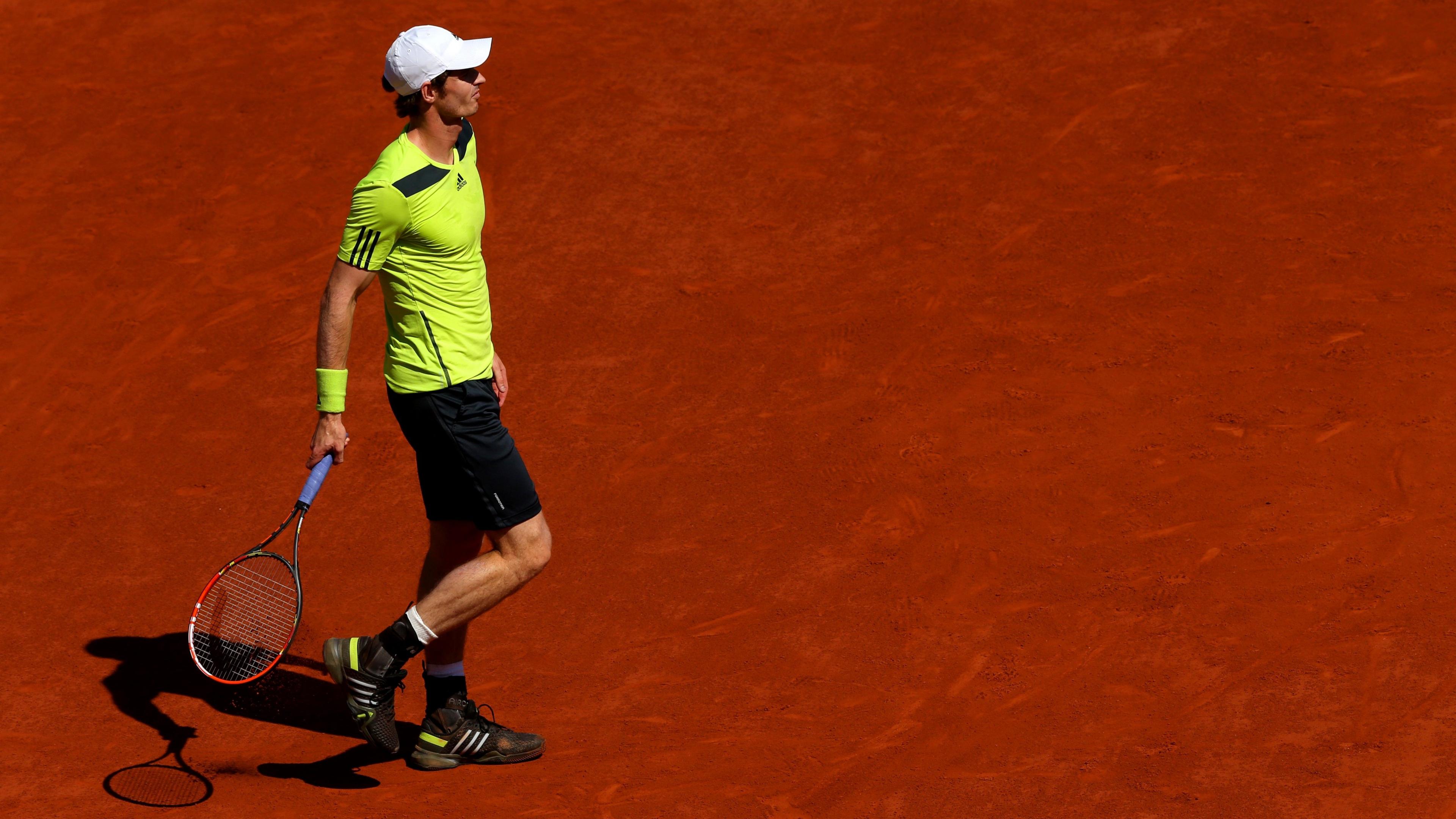 Image source, Getty Images
Image source, Getty Images
Andy Murray reached the French Open final in 2016
The LTA said in 2024 there were about 1,300 clay-courts in Great Britain. That is around 5% of the 23,000 total number of courts.
In contrast, about 60% of courts in Spain - one of the leading nations on the surface - are clay.
The National Tennis Centre has four clay courts, external and the governing body is "forming new partnerships" with clay-court facilities in Barcelona and Girona, where young players can go for camps and training sessions.
British Davis Cup captain Leon Smith has previously told BBC Radio 5 Live that maintaining a clay court can be expensive for clubs - and is not helped by the British weather.
British number five Fran Jones said there has historically been a "slight reluctance" for young British players to travel abroad to clay academies.
That is a route Murray took, playing in junior clay tournaments around Europe from the age of 12 and moving to Spain's Sanchez-Casal Academy aged 15.
Draper may not class clay as his favourite surface but he too has had experience on it from a young age, telling the Guardian:, external "Professionally with the ATP I haven't played loads on it.
But when I was younger, whether it was in the UK or abroad, playing European events, I always did well on the clay.
"I always thought I was a player who could play well on all surfaces."

 6 hours ago
6
6 hours ago
6
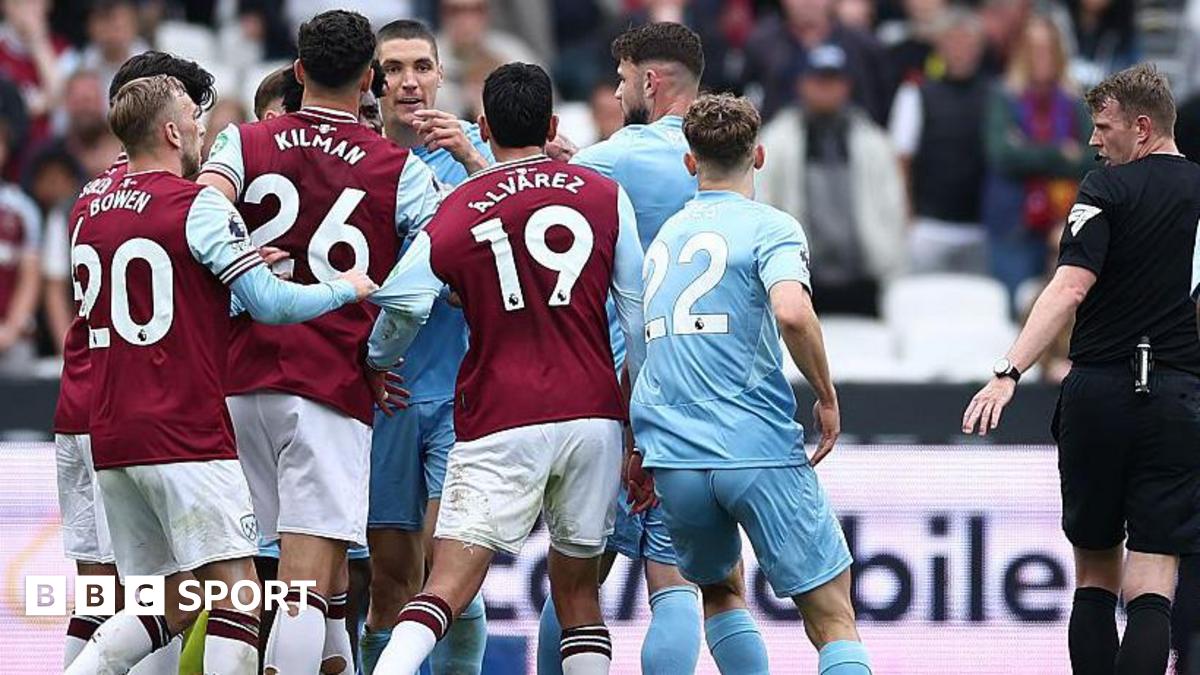

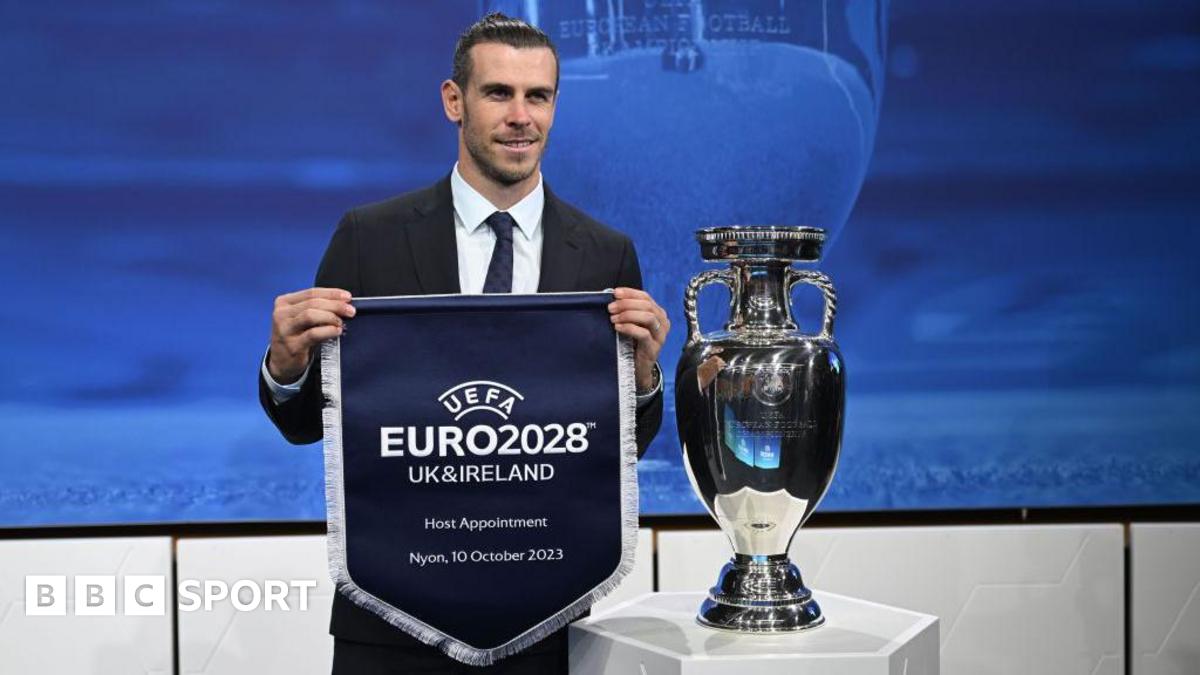
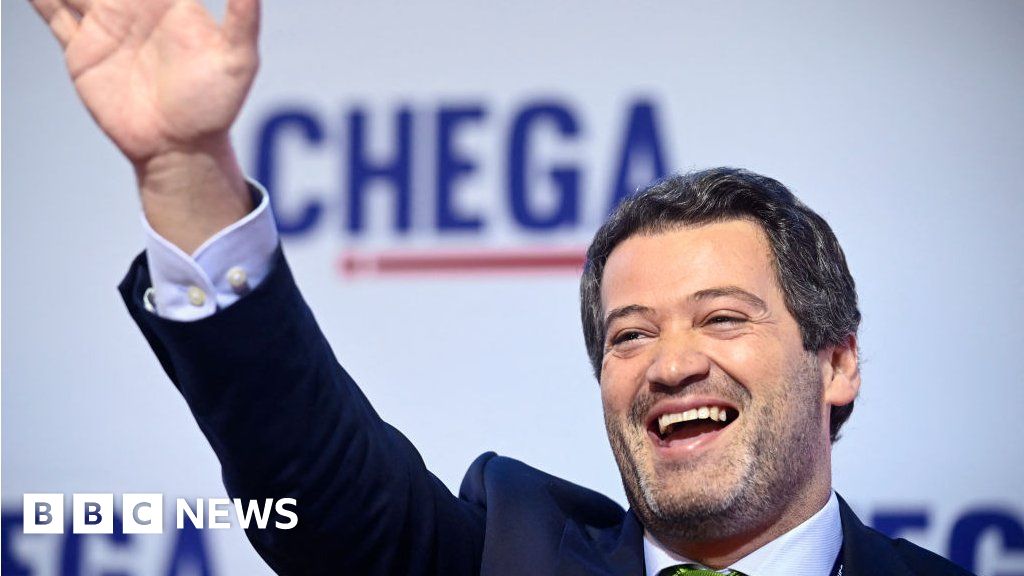
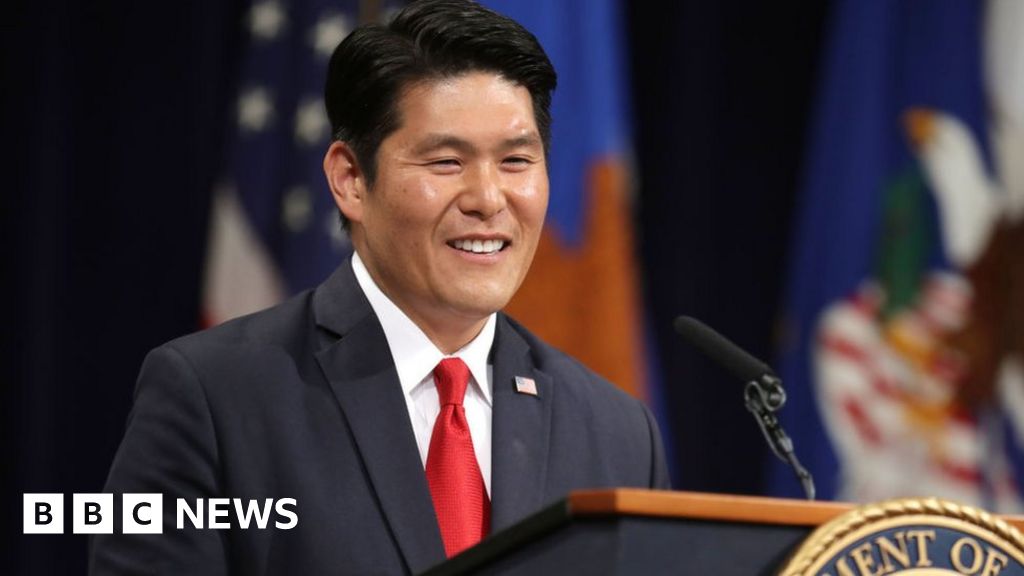
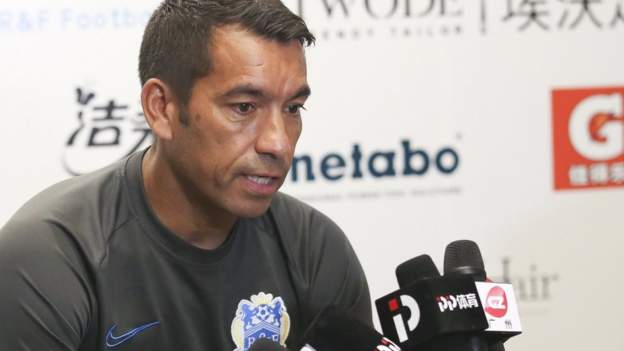
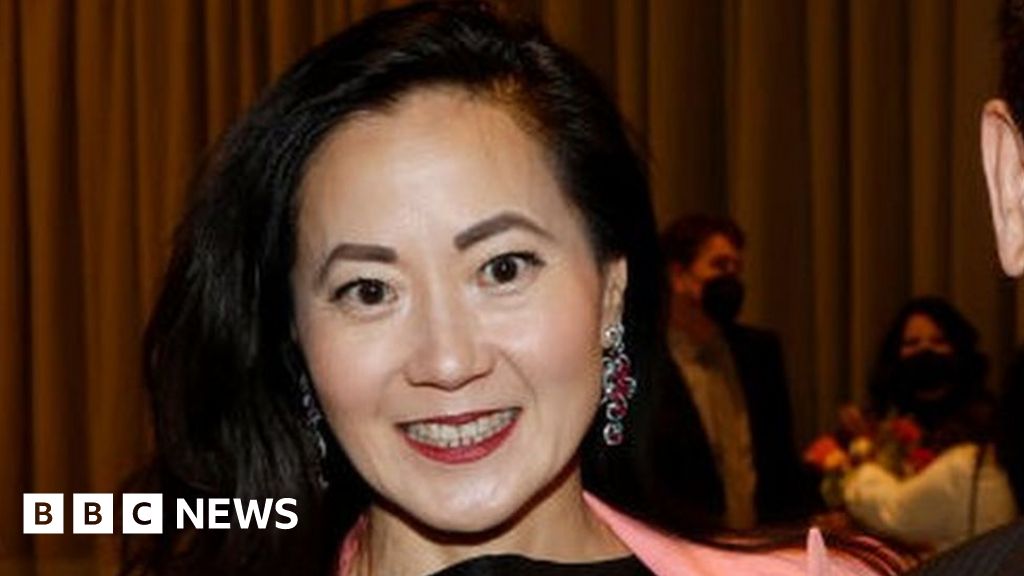
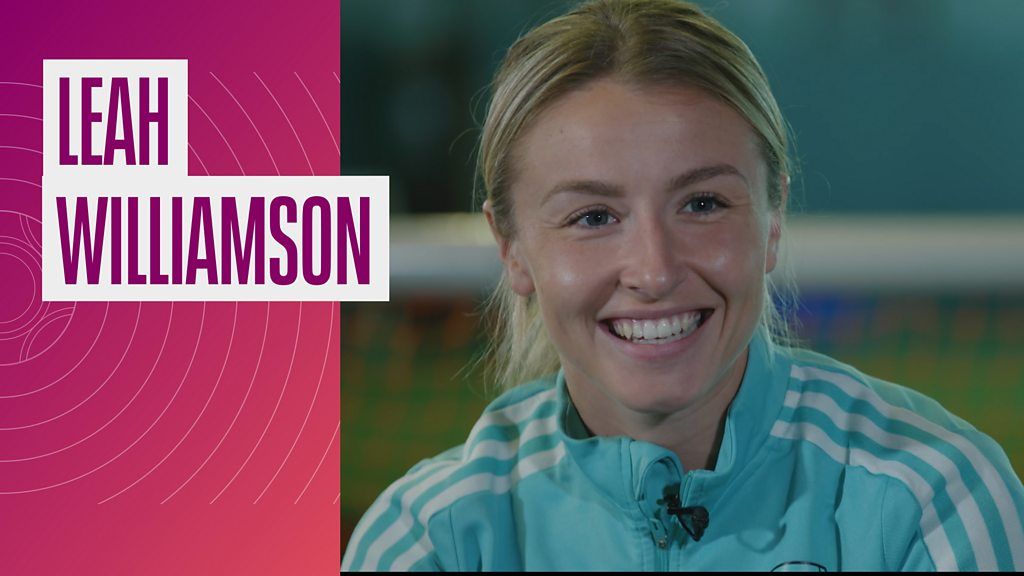
 English (US) ·
English (US) ·